November 14, 2024
Native American Heritage Month shouldn’t just be a note on our calendars. For Native people, it’s a month to celebrate our diversity, our cultures, our civic power, and the resilience of our ancestors.
It’s also an important time to change the narrative. Too often, we’re defined by our deficits, not our strengths. What a lot of people know about Indigenous peoples is based on stereotypes and narrow views of history in our grade school textbooks, or stories in the media that advance similar narratives. Importantly, our voice as Native people is too often absent from how we’re portrayed.
Here are some facts from our “Investing In Native Communities” platform to share with your friends and colleagues.

Indigenous peoples are not a monolith.
They represent more than 600 tribal nations and 175 languages across the United States. Tribal groups share similar experiences, but they have unique cultures with unique histories. (Indigenous Language Institute).
There are 574 federally recognized tribes.
These tribes have political status as sovereign governments and have nation-to-nation relationships with the United States. (Bureau of Indian Affairs).
There are 9.7 million Native Americans/Alaska Natives in the United States.
Between 2010 and 2020, the population identifying as Native Americans/Alaska Natives grew by 86.5%. (U.S. Census 2020).
In Hawai’i, there are 298,000 Native Hawaiians representing 21% of the population.
Nationally, there are more than 560,000 Native Hawaiians. By 2060, the Native Hawaiian population in Hawai’i is projected to reach 683,000, matching the estimated population in 1778 when Captain James Cook arrived on the islands. (Pew Research Center).
Most Native Americans/Alaska Natives don’t live on reservations.
In 2010, 78% lived outside of tribal areas. (U.S. Census; Urban Indian Health Commission).
Most federally recognized tribal governments do not operate casinos.
And only those located near large population centers are highly profitable. More than three-fourths of all tribal governments operating casinos use the revenue to fund services for tribal members or fund basic government. (One Fire Development, Inc).
There are more Indigenous people in elected positions in the U.S. government than ever before.
In 2020, six Indigenous people were elected to the House of Representatives, 114 Native candidates in total ran for office at the state and local level, and 66 of those candidates won. Deb Haaland would go on to be confirmed in March 2021 as this country’s first Native American Cabinet Secretary. (Indian Country Today)
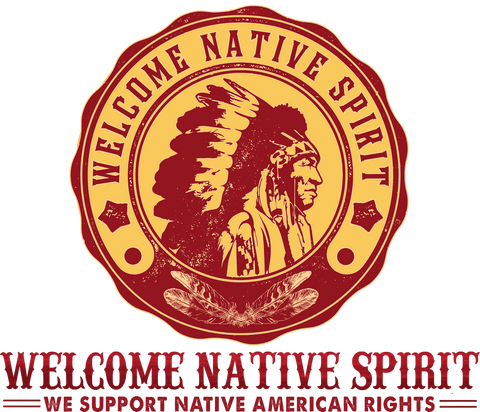

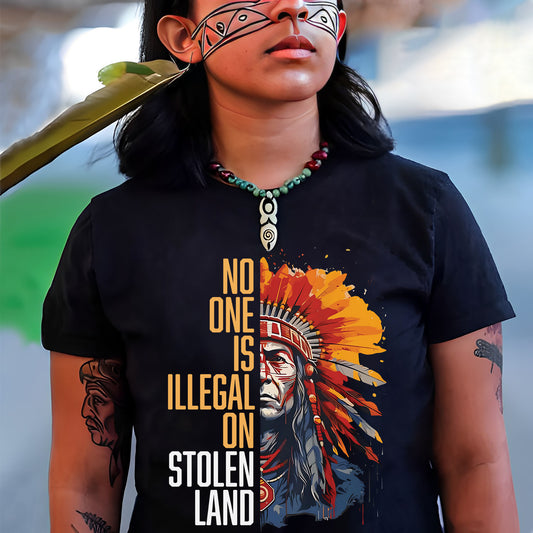
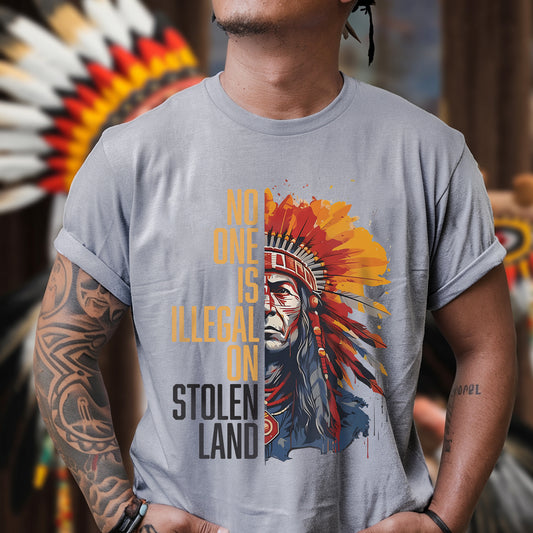
![[Two Sides] Trail of Tears The Deadly Journey Unisex T-Shirt/T-Shirt V-Neck/Hoodie/Sweatshirt](http://welcomenativespirit.com/cdn/shop/files/20_2bae9cf5-c07c-4ea5-a8ea-de74aa71325d_533x.jpg?v=1757466962)
![[Two Sides] Trail of Tears The Deadly Journey Unisex T-Shirt/T-Shirt V-Neck/Hoodie/Sweatshirt](http://welcomenativespirit.com/cdn/shop/files/gray_-2side_b51af6c7-cea9-4004-90db-cb8d883be04a_533x.png?v=1759742586)

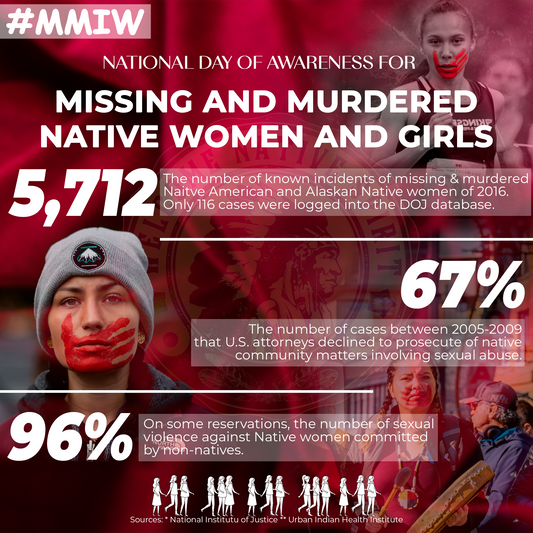
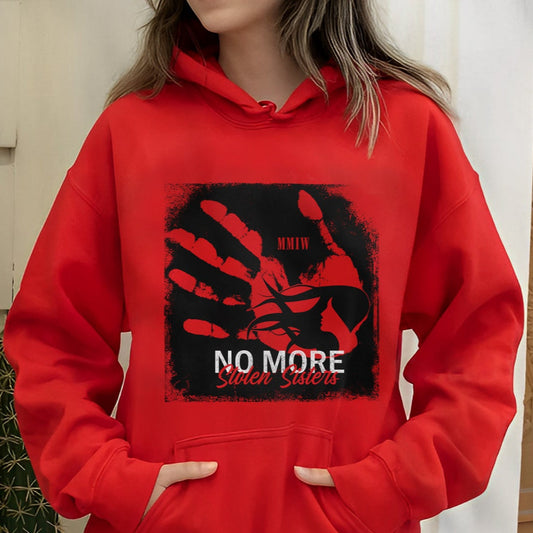

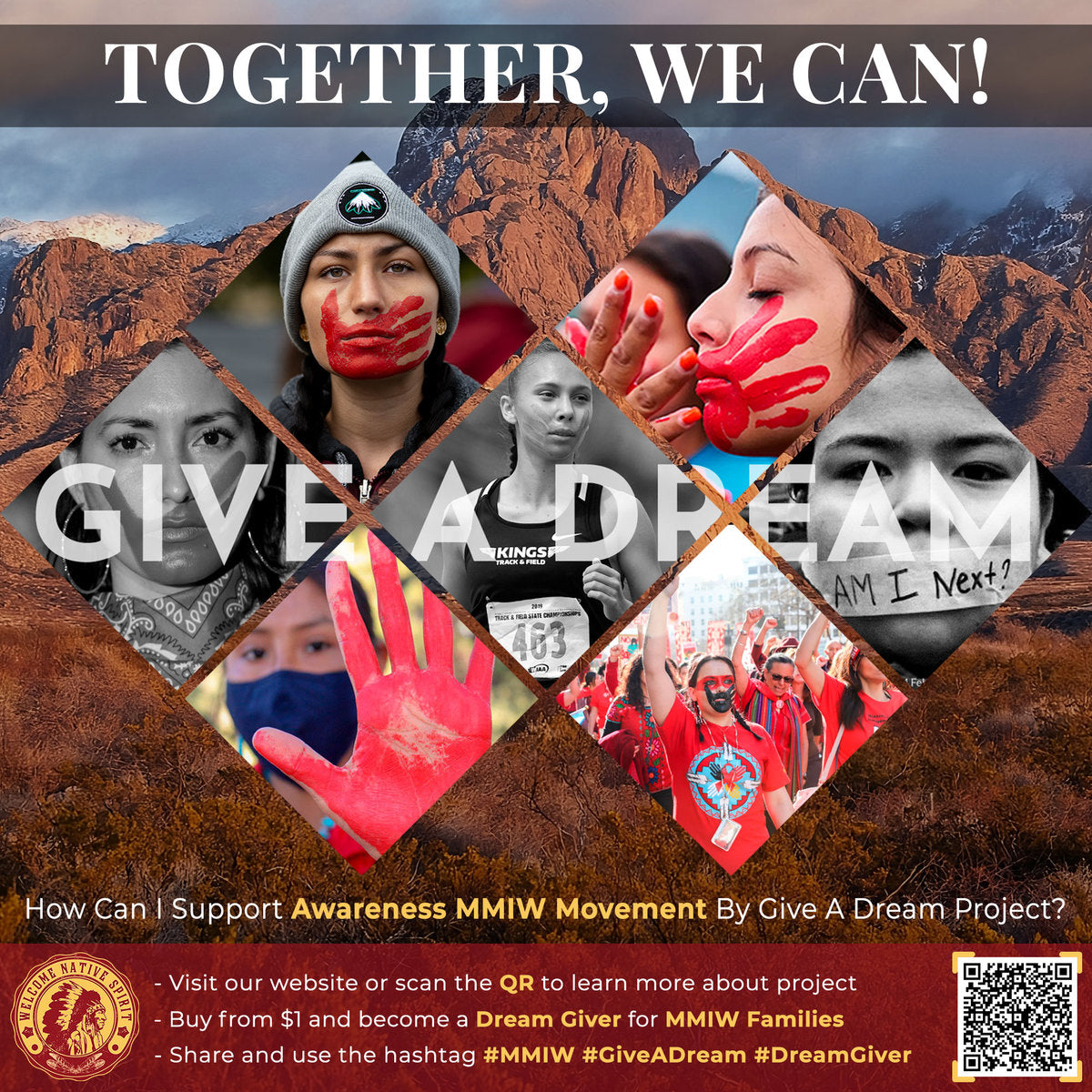

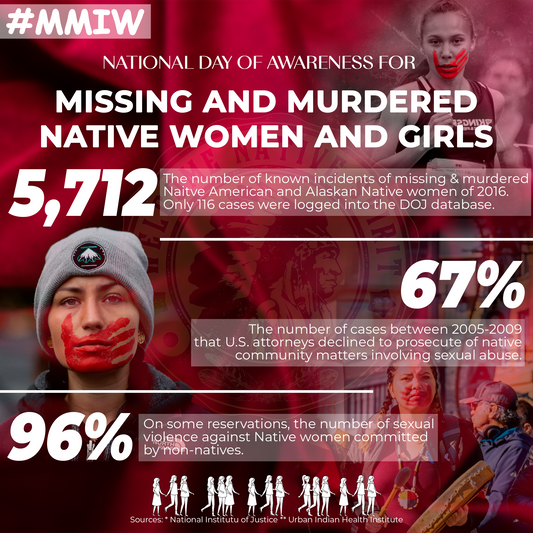
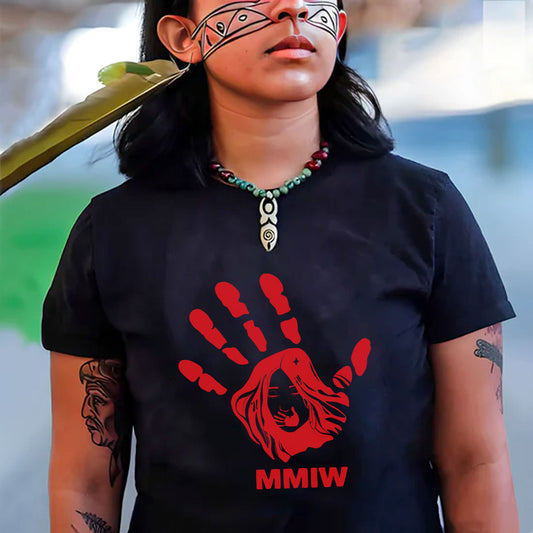
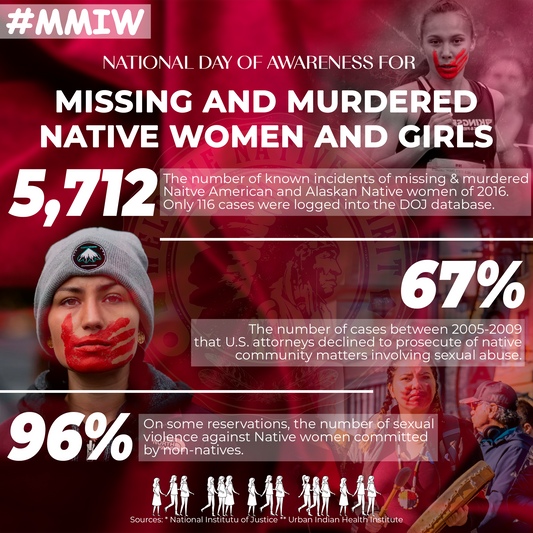
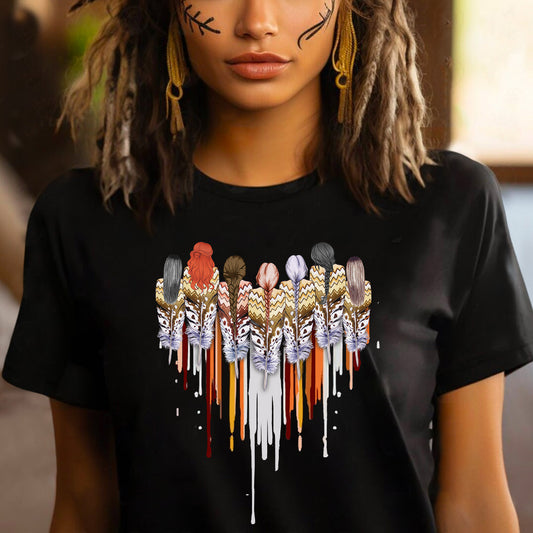



2 Comments
I wish I could share this.
That is great news, I have read several books about Native Americans. I enjoy reading about their history and culture on many websites and sharing with my friends. I am English, I live in Yorkshire, England. I have visited family in Texas and have met several indigenous people.